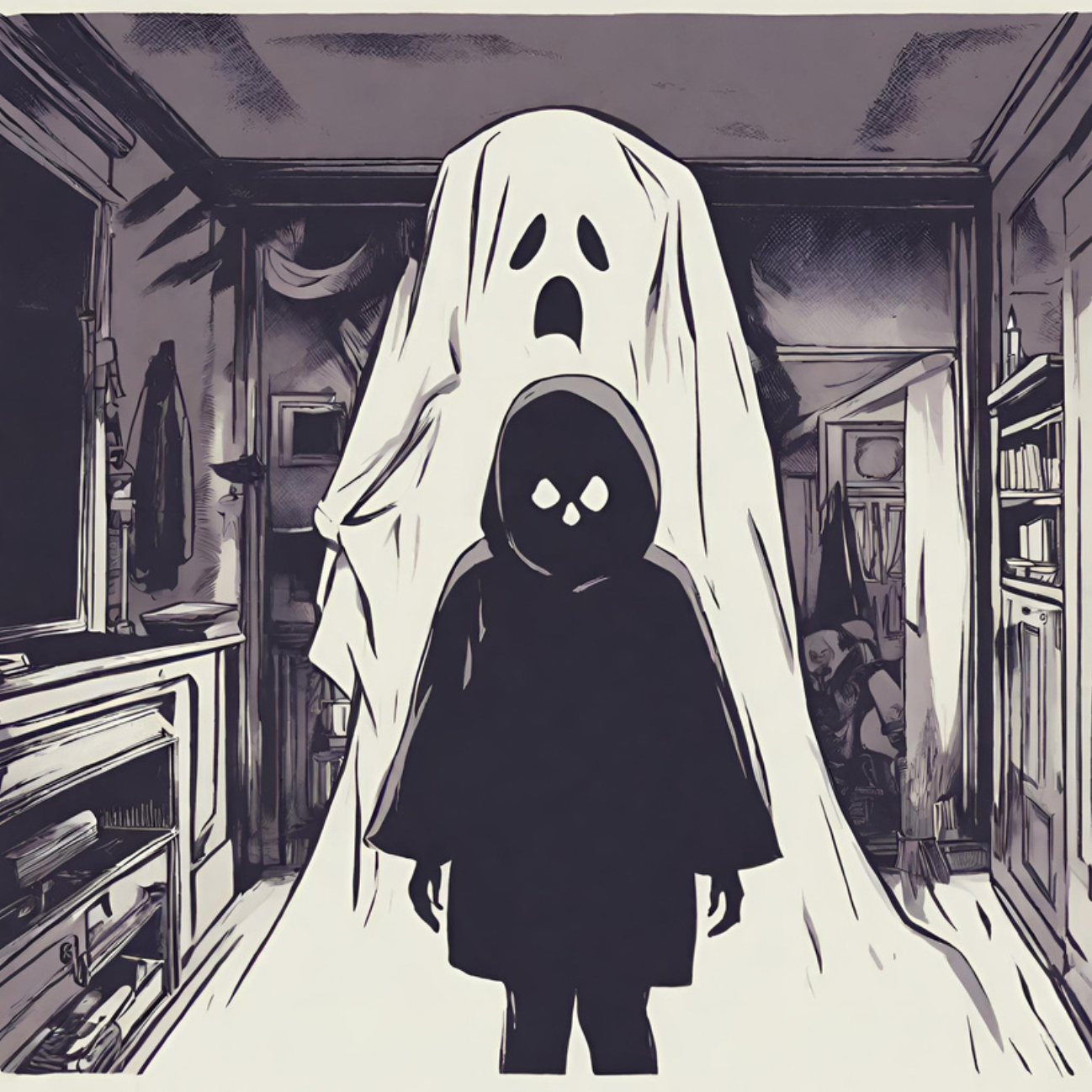Image from author.
When horror is brought up in discussion, people invariably think of the heavy hitters. Games like the FNAF series, movies like Halloween, or even some entries from the recently popular analog horror subgenre like The Walten Files. Each of these are scary in their own way, but why? What is the “secret ingredient” that makes horror so horrific, if such a thing exists? I set out to deconstruct one of my all time favorite genres to pick apart and examine the individual aspects that make it so unique, and so terrifying.
Many believe that horror is defined by something being scary looking. They put emphasis on the visuals of the “monster” in whatever they’re consuming. Take the aforementioned Five Nights at Freddy’s series, specifically the first entry. That game undoubtedly gains a lot of it’s horror by the unsettling nature of its “monsters” and its jumpscares. But that’s not to say that is the only scary thing about that game. When asked what they believe makes Five Nights at Freddy’s so scary, one student replied, “probably the ambience and setting. I mean not to say that the jumpscares aren’t scary but the settings are always so confined. It’s a really effective atmosphere.”
The key word here is “atmosphere.” Atmosphere is created by all the tiny, indirect things that culminate to make a suffocating experience. The atmosphere of the first FNAF game is ruthlessly oppressive. To start, the office that you are rooted to is claustrophobic and dimly lit, not to mention the pitch black hallways on either side completely exposed by large open doors. Secondly, arguably more importantly, is the way the game sounds. The occasional music box song echoing off the dark halls. The shuffling of the animatronics as they move from place to place, inching closer every time. Their raspy breathing as they stand outside the door to your office, waiting to strike. These contribute to atmosphere just as much as the visuals do, combining to make something terrifying.
Atmosphere is what horror lives or dies on, and audio is what atmosphere lives or dies on. Audio, in turn, is used to manage tension, another vital aspect of horror. When interviewed about what made their favorite horror game, Alien: Isolation, scary, long time horror fan and Washington High student Emma Jernberg said, “If I had to choose one aspect I’d maybe say the audio. I just remember being the most afraid when I was hiding from an alien I couldn’t see.”
Jernberg brings up a point many others have made in regards to Alien: Isolation, that the game is the scariest when you’re stuck hiding under a desk from an alien in the same room as you. In this situation, you never even see the monster but you hear it hunting you, playing with our instinctive fear of the unknown.
There never will be some “secret ingredient” to horror, because horror doesn’t owe its power to one single thing. Horror is scary because of a collection of individual small things that stack up and leave the audience with a lingering sense of dread and crippling fears of the crack in between their bedroom door and their dark hallways.
Clayton (Mae) Paxton is a 17 year old first year journalist born and raised right here in Fremont. They’ll gladly write an article about whatever catches their attention, but mainly they want to write about popular game releases and the history of gaming media. Predictably, their main hobby is playing video games but they also spend their free time ranting to their friends about how good whatever song that got stuck in their head is. Their plans for the future are just to make it to the next day and enjoy themselves doing it, ideally getting a job in the gaming industry but never worrying too much about any of that.


